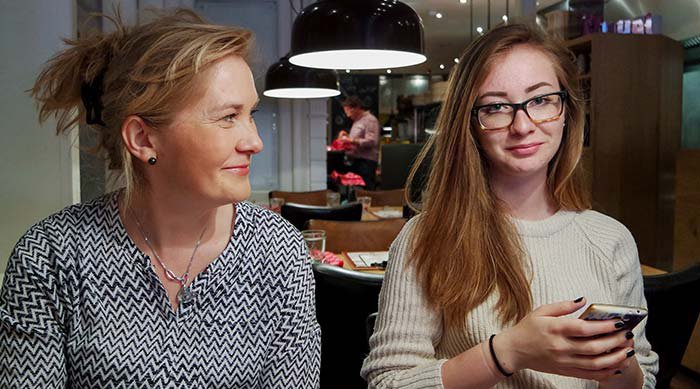Teenagers
We recommend having ongoing conversations with teenagers about alcohol and drugs – talking about what drugs are and why people use them, discussing your expectations and informing them of the risks before they’re exposed to alcohol and other drugs.

When having these conversations, some great resources are available that you can explore together on the YSAS resources hub.
Even if it doesn’t always feel like it, you can have a big impact on your teenager’s behaviour around alcohol and other drugs.
Each parent or carer has their own unique parenting style. But when it comes to alcohol and other drugs, we know some approaches can work better than others.
Parenting that is responsive and positive, as opposed to negative, is associated with better health and behavioural outcomes in teenagers.1
Some positive parenting actions include:
- maintaining rules and boundaries, and sticking to them
- setting realistic expectations
- knowing your teenager's whereabouts and being involved in their lives2,3
- providing emotional support and warmth
- building trust and connectedness
- discussing issues openly.4
- Piko BF, Balázs MtA. Authoritative parenting style and adolescent moking and drinking. Addictive Behaviors [Internet]. 2012 [13.10.2022]; 37(3):[353-6 pp.].
- Prinz RJ. A Population Approach to Parenting Support and Prevention: The Triple P System.The Future of Children [Internet]. 2019 [25.11.2022]; 29(1):[122-43 pp.].
- Li N, Peng J, Li Y. Effects and Moderators of Triple P on the Social, Emotional, and Behavioral Problems of Children: Systematic Review and Meta-Analysis. Frontiers in Psychology [Internet]. 2021 [25.11.2022]; 12.
- Carver H, Elliott L, Kennedy C, Hanley J. Parent-child connectedness and communication in relation to alcohol, tobacco and drug use in adolescence: An integrative review of the literature. Drugs: Education, Prevention and Policy [Internet]. 2017 [25.11.2022]; 24(2):[119-33 pp.].